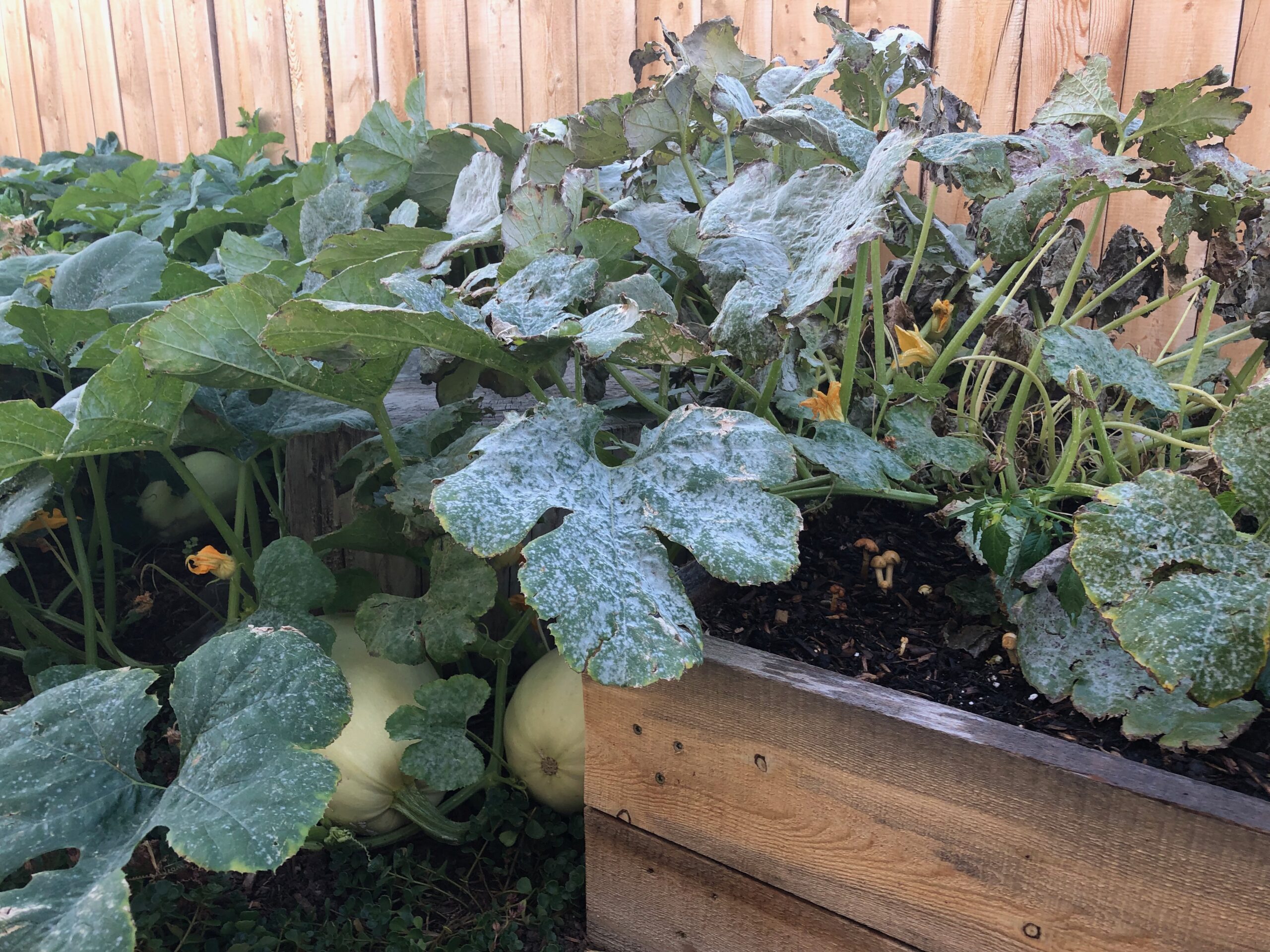
What is powdery mildew?
The presence of a white, dusty talcum-like substance on leaves makes diagnosis of powdery mildew easy. It’s more likely to appear in mid- to late summer when cool evenings follow warm, humid days. Lilacs, roses and a few garden perennials such as phlox and rudbeckia are susceptible to powdery mildew in Colorado. Left untreated, powdery mildew can cause leaves to turn yellow, die and fall off.
What happens when powdery mildew is on my plants?
Powdery mildew fungi send tubes from spores onto leaves and these take nutrients out of the plant. The fungi grow radially from the initial point of inoculation, and, after about four days, spores turn powdery and can spread easily through the air.
How can I prevent powdery mildew?
Good management practices, sanitation and selection of resistant varieties will help reduce spore infections. Provide adequate air circulation with proper thinning and spacing of plants, plant in full sun, and avoid overhead watering, especially late in the day. Remove and destroy infected leaves, and avoid fertilizers high in nitrogen that promote new growth, which is more susceptible to infection.
For more information, see the following Colorado State University Extension fact sheet(s).



